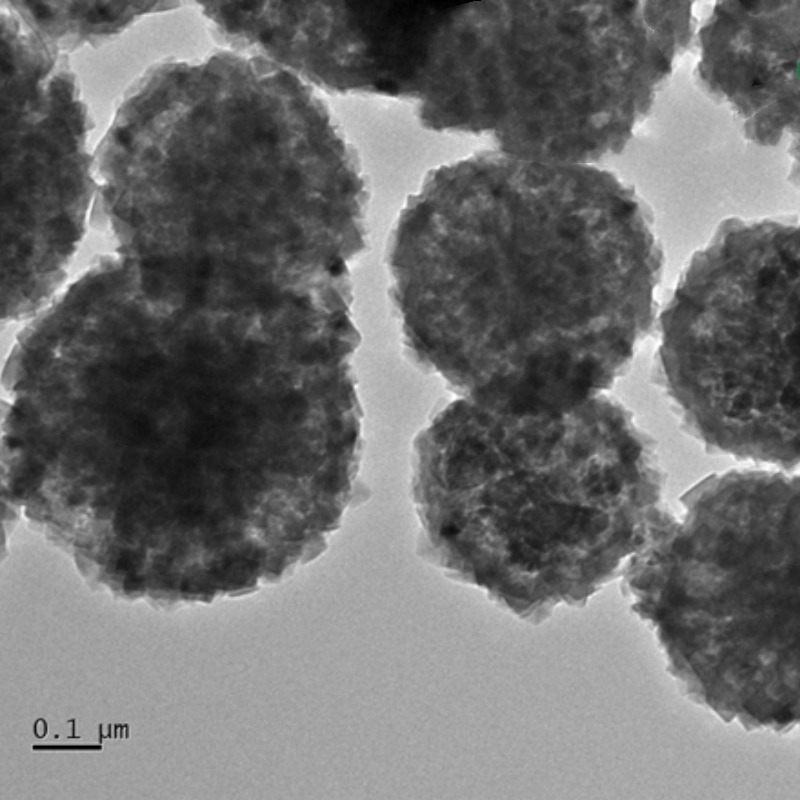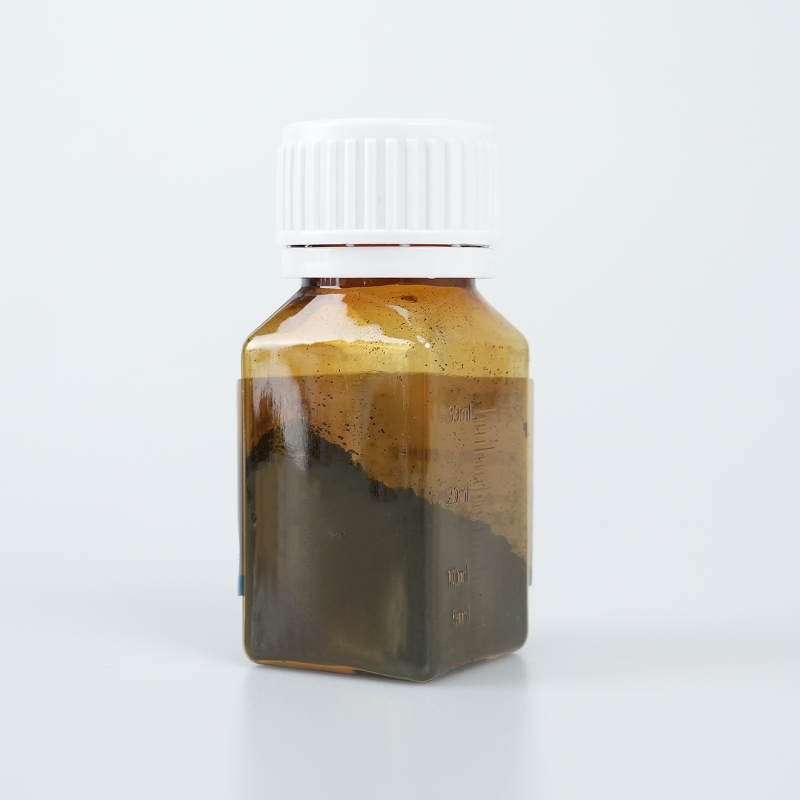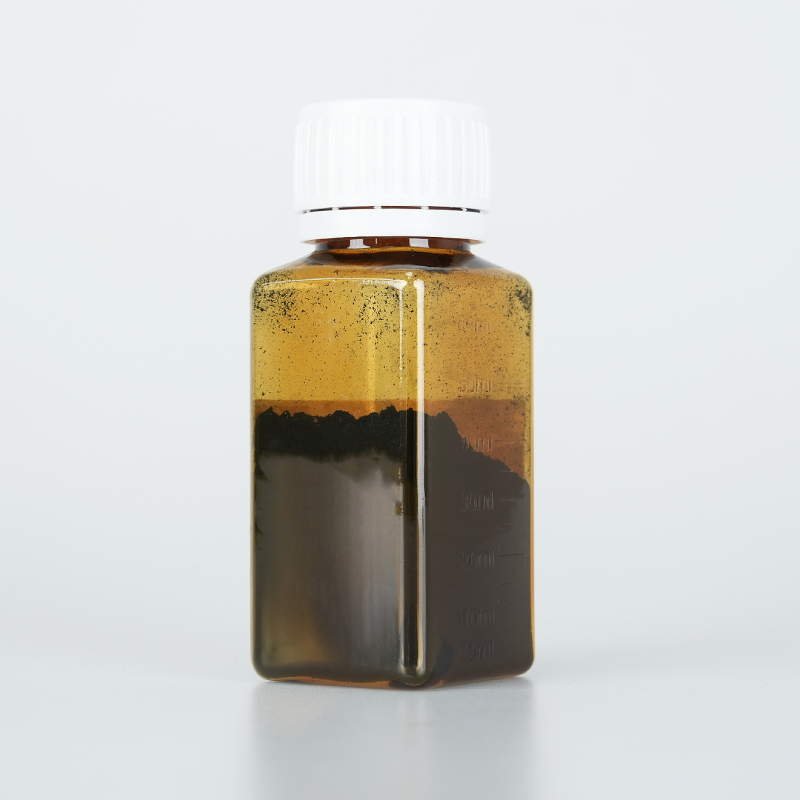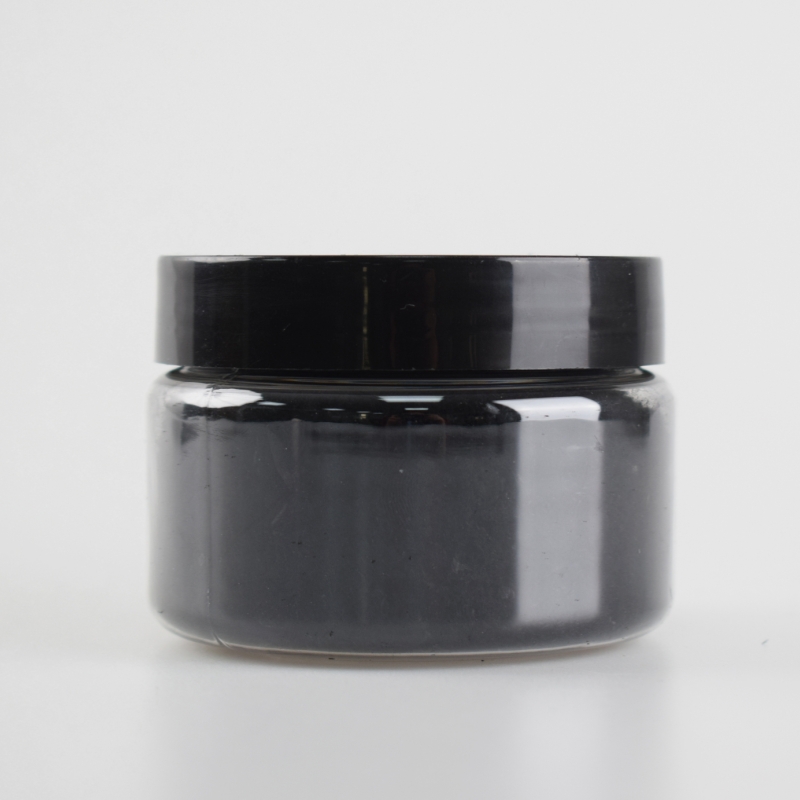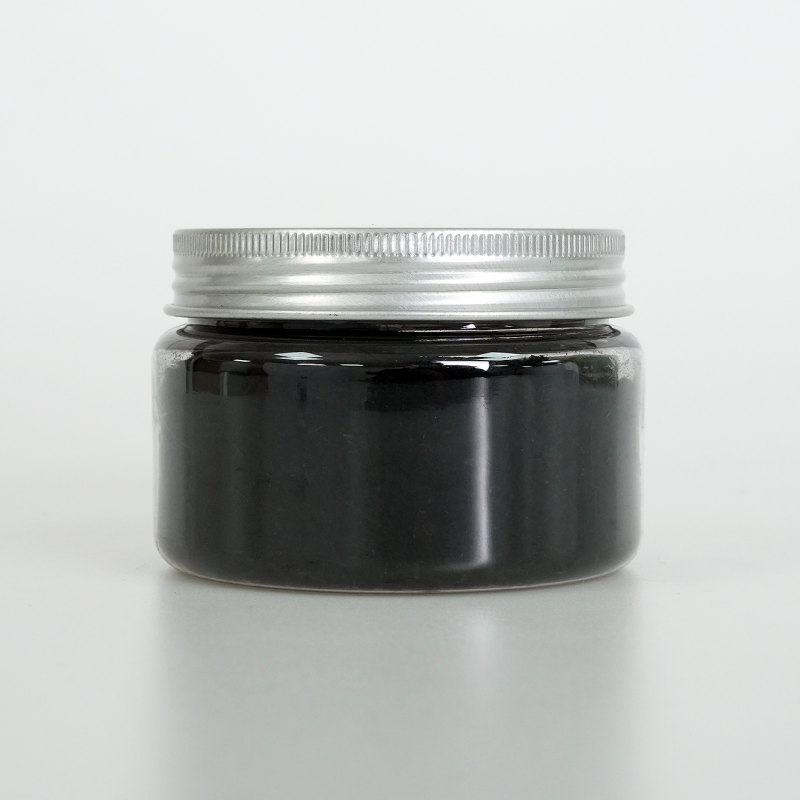Magnetic mesoporous Prussian Blue provides optimized electrochemical performance, superior ion exchange capability, and enhanced catalytic efficiency. Designed for biomedical and environmental applications, it ensures effective pollutant removal, extended durability, and high adaptability.
Product Overview
Magnetic mesoporous Prussian blue is a composite material combining magnetic components with Prussian blue. It exhibits magnetic responsiveness, making it suitable for use in hyperthermia treatments under alternating magnetic fields. The material's mesoporous structure is enhanced through a controlled etching strategy, expanding its potential as a carrier for anticancer drugs and high-osmolar agents. The magnetic Prussian blue composite material possesses rich crystal boundary defects, which contribute to its superior performance in drug delivery and biomedical applications.
Key Features
- Magnetic Responsiveness: The magnetic Prussian blue nanoparticles exhibit significant magnetic responsiveness, making them ideal for magnetic separation and magnetic manipulation, with widespread applications in biomedicine and environmental protection.
- High Adsorption Capacity: Due to its mesoporous structure and high specific surface area, this material can adsorb a large quantity of target molecules or ions, such as heavy metal ions and organic pollutants.
- Excellent Catalytic Properties: The mesoporous structure enhances the diffusion of reactants and the release of products, increasing catalytic efficiency. Additionally, the iron-based properties of Prussian blue provide catalytic activity.
Applications
- Drug Delivery: Serves as a targeted drug delivery carrier for localized release of therapeutic agents.
- Biosensors: Used for detecting changes in the concentration of biological molecules or ions.
- Environmental Protection: Plays a crucial role in wastewater treatment and the removal of heavy metal ions.
| Item | Parameter |
| Appearance | Blue dispersion |
| Concentration | 1 mg/mL |
| Composition | Fe3O4@PB |
| Solvent | Water |
| Particle Size | 300-500 nm (TEM) |
| Pore Size | ~10 nm |
 new material
new material

